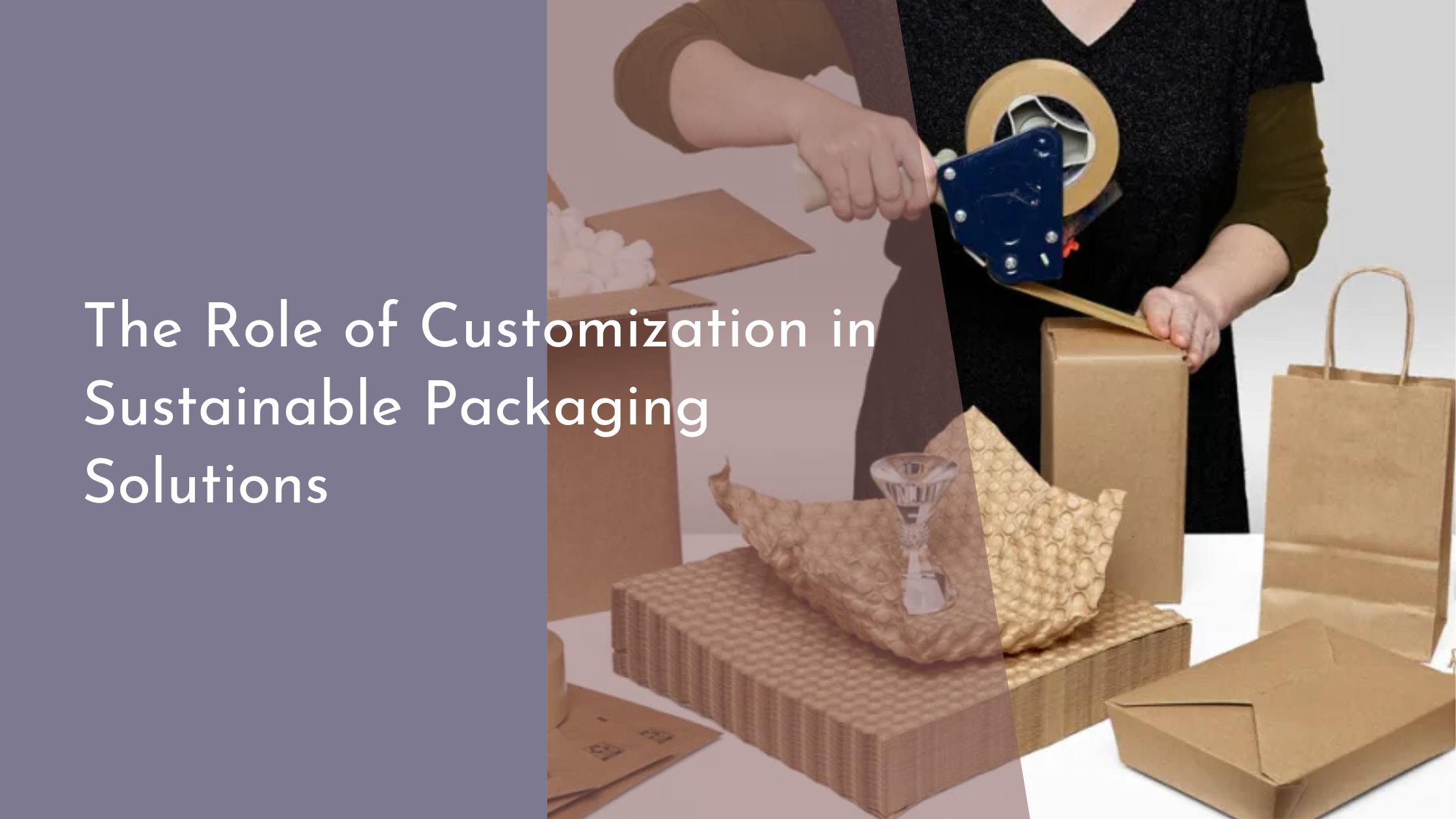The Role of Customization in Sustainable Packaging Solutions
In an increasingly eco-conscious world, the demand for sustainable packaging solutions is on the rise. Consumers and companies alike are seeking ways to reduce their environmental footprint, and packaging plays a significant role in this endeavor. One key aspect that enhances the effectiveness of sustainable packaging is customization. By tailoring packaging to specific needs, businesses can not only reduce waste but also create more efficient and appealing products. This article delves into the significance of customization in sustainable packaging, exploring its benefits, the innovations driving this trend, and how it all contributes to a greener future.
Understanding Sustainable Packaging Solutions
Sustainable packaging solutions are designed to minimize environmental impact and ecological footprint throughout their life cycle. This encompasses the use of renewable materials, energy-efficient production processes, and designs that facilitate recycling and reuse. By focusing on reducing waste and conserving resources, sustainable packaging aims to meet the needs of the present without compromising the ability of future generations to meet their own needs. As consumers become more environmentally conscious, companies are increasingly recognizing the importance of integrating sustainability into their packaging strategies.
In the realm of sustainable packaging, customization refers to the practice of designing packaging solutions that meet specific requirements, such as size, shape, material, and functionality. This tailored approach allows businesses to optimize packaging to fit their products perfectly, reducing excess material and waste. Customization can also enhance the consumer experience by improving the usability and appeal of the packaging, thus supporting brand identity and promoting customer loyalty. In essence, customization is a crucial tool in achieving the goals of sustainable packaging solutions.
Benefits of Customization in Packaging
Customization in packaging leads to a significant reduction in material waste. By tailoring packaging to fit the precise dimensions of the product, unnecessary material usage is minimized, helping to reduce both resource consumption and waste production. This efficiency not only benefits the environment but also translates into cost savings for businesses. Additionally, packaging that is designed with specific product requirements in mind can enhance protection during shipping and handling, reducing the risk of damage and the need for additional packaging layers.
Furthermore, customized packaging enhances brand identity and consumer engagement. By creating packaging that is unique and aligns with the brand’s sustainability values, companies can differentiate themselves in a crowded marketplace. Custom designs can incorporate eco-friendly messages and innovative features that resonate with environmentally conscious consumers. This personalized approach not only strengthens brand loyalty but also contributes to building a positive brand image as a leader in sustainability. Ultimately, customization empowers businesses to align their packaging strategies with the increasingly important values of environmental responsibility.
Innovations Driving Packaging Customization
Technological advancements are a major driving force behind innovations in packaging customization. Digital printing, for instance, allows for high-quality, cost-effective customization with minimal waste. This technology enables companies to produce small batches of customized packaging quickly and efficiently, catering to specific market needs without the overproduction associated with traditional printing methods. Additionally, 3D printing is paving the way for creating intricate and precise designs that were previously impossible, allowing for even greater customization possibilities in sustainable packaging.
Another innovation contributing to packaging customization is the use of smart materials. These materials can change properties in response to environmental stimuli, such as temperature or humidity, offering new ways to tailor packaging functionality. For example, smart materials can indicate spoilage in food packaging or change shape to better protect contents during transit. By incorporating these innovative materials, companies can further enhance the sustainability and effectiveness of their packaging solutions, providing additional value to consumers while minimizing environmental impact.
Concluding Thoughts on a Greener Future
As we look towards a greener future, the role of customization in sustainable packaging cannot be overstated. By allowing businesses to design tailored solutions that meet specific needs, customization facilitates more efficient use of resources and minimizes waste. This approach not only aligns with the growing consumer demand for eco-friendly products but also provides companies with a competitive edge in the market. As innovations in technology and materials continue to evolve, the potential for further advancements in packaging customization is immense.
Embracing customization in sustainable packaging is a key strategy for businesses seeking to reduce their environmental impact while meeting consumer demands for eco-friendly products. As the industry moves forward, the integration of technology and innovative materials will continue to drive the development of more efficient and sustainable packaging solutions. By prioritizing customization, companies can not only enhance their sustainability efforts but also foster stronger connections with environmentally conscious consumers. Together, these efforts contribute to a brighter, more sustainable future for all.

